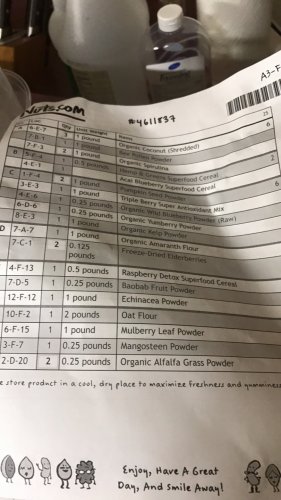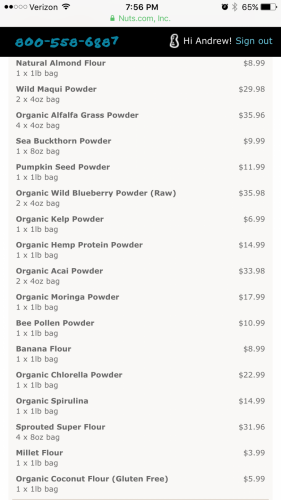Extensionofgreen
Chameleon Enthusiast
i have noted some threads where people are using gutloads that are commercially available. I have looked high and low for a ready to use mixture that was cost efficient for me and although the ones sold on the forums are great, I go through well over 10lbs of gutload every 2-3 months and I prefer to make my own.
My concern came when some members mentioned a particular gutload and that their roaches preferred it immensely over cricket crack. I reached out and contacted the makers of the gutload and the ingredient list is poor, if not worrisome. I'm not endorsing or condemning any particular products, but if you aren't using one of the gutloads sold by the forum members and even if you are( I don't use them, but my experience makes me comfortable with the ingredients enough to give a green light for a couple of the gutloads sold on the forums), be responsible and make sure your know the ingredients. If it's cheap, there's probably a good reason that is the case. To put things into perspective, I spend $300 on gutload materials, every couple months, so it is not cheap to make something worth of our chameleons, especially in any quantity. I suggest some of you investigate what you are feeding and what's in it, the compare those ingredients to the research we have available regarding phytic acid, and other nutrient antagonist. It really take a commitment to provide the best for your animals in a world willing to sell you anything you're willing to pay for, whether it's good for your animals or not. Just look at the human foods in the US! If it's not full of sugar, chemicals, dyes, and garbage, it's 3x the price. Tread carefully!
My concern came when some members mentioned a particular gutload and that their roaches preferred it immensely over cricket crack. I reached out and contacted the makers of the gutload and the ingredient list is poor, if not worrisome. I'm not endorsing or condemning any particular products, but if you aren't using one of the gutloads sold by the forum members and even if you are( I don't use them, but my experience makes me comfortable with the ingredients enough to give a green light for a couple of the gutloads sold on the forums), be responsible and make sure your know the ingredients. If it's cheap, there's probably a good reason that is the case. To put things into perspective, I spend $300 on gutload materials, every couple months, so it is not cheap to make something worth of our chameleons, especially in any quantity. I suggest some of you investigate what you are feeding and what's in it, the compare those ingredients to the research we have available regarding phytic acid, and other nutrient antagonist. It really take a commitment to provide the best for your animals in a world willing to sell you anything you're willing to pay for, whether it's good for your animals or not. Just look at the human foods in the US! If it's not full of sugar, chemicals, dyes, and garbage, it's 3x the price. Tread carefully!
Last edited:






